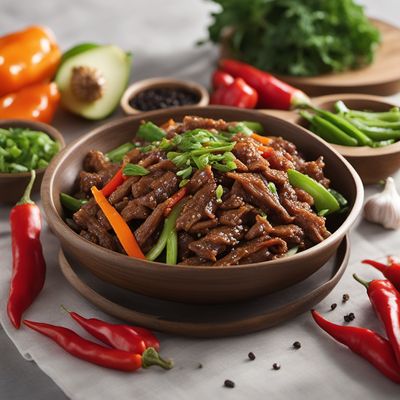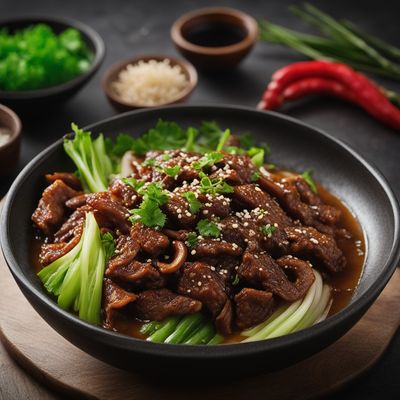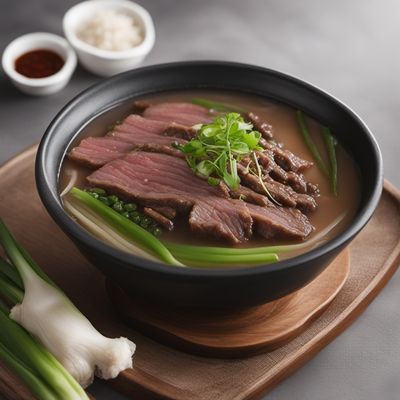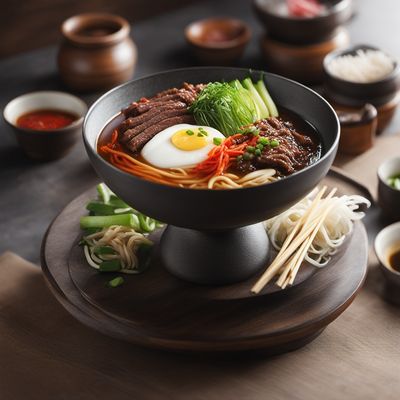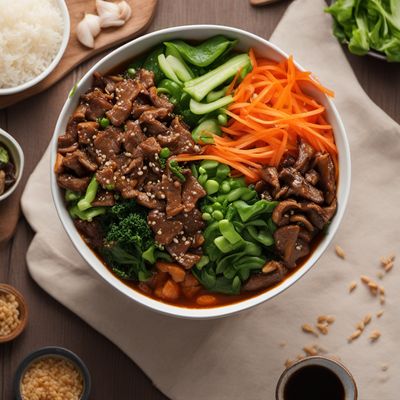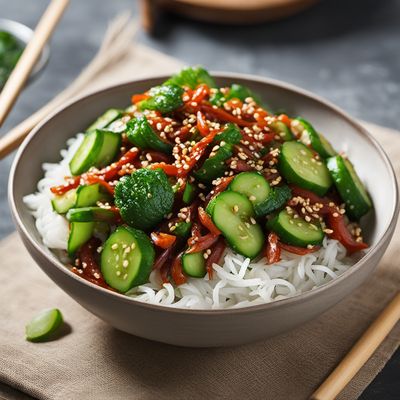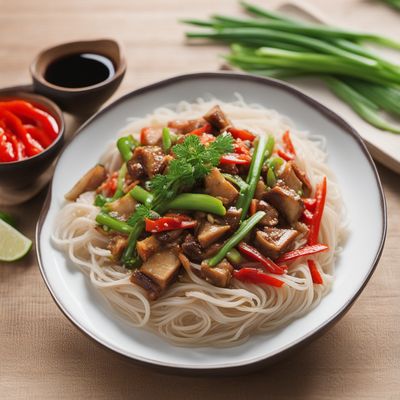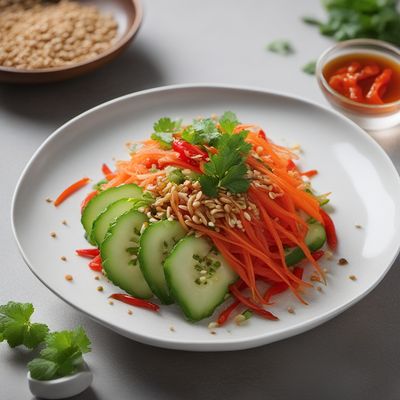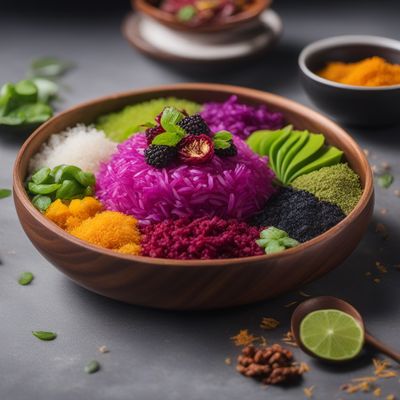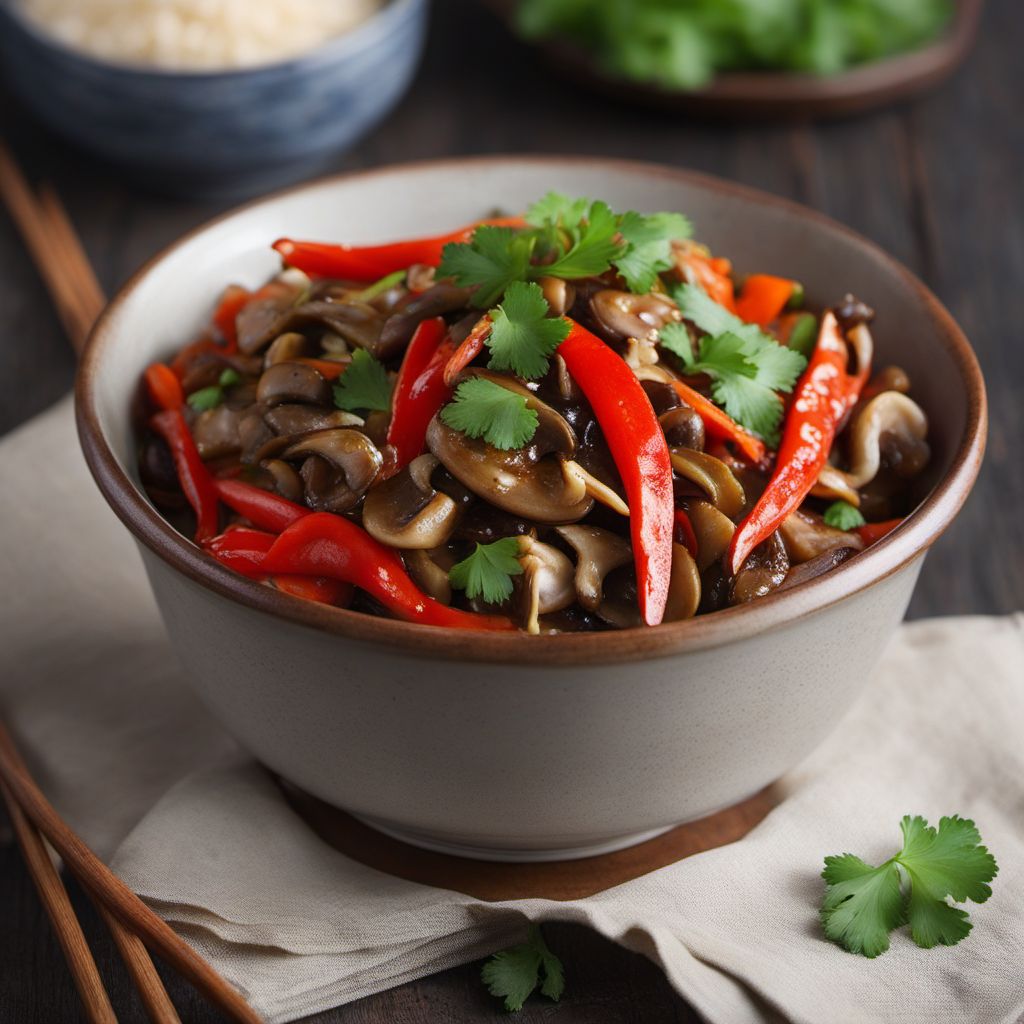
Recipe
Chinese-style Soyo
Divine Delight: Chinese-inspired Soyo
4.7 out of 5
Indulge in the heavenly flavors of Chinese religious cuisine with this delectable Chinese-style Soyo recipe. Made with traditional Chinese ingredients and cooking techniques, this dish is a divine fusion of flavors that will transport your taste buds to a higher realm.
Metadata
Preparation time
15 minutes
Cooking time
10 minutes
Total time
25 minutes
Yields
4 servings
Preparation difficulty
Easy
Suitable for
Vegetarian, Vegan, Gluten-free, Dairy-free, Nut-free
Allergens
Soy
Not suitable for
Paleo, Keto, Low-carb, High-protein, Atkins
Ingredients
Chinese-style Soyo differs from the original Korean dish in terms of flavor profiles and cooking techniques. While the Korean version focuses on simplicity and minimal seasoning, the Chinese adaptation incorporates a variety of spices and sauces to create a more complex and robust flavor. Additionally, the Chinese-style Soyo includes a wider range of vegetables, adding depth and texture to the dish. We alse have the original recipe for Soyo, so you can check it out.
-
500g (1.1 lb) soybean sprouts 500g (1.1 lb) soybean sprouts
-
2 tablespoons vegetable oil 2 tablespoons vegetable oil
-
1 onion, thinly sliced 1 onion, thinly sliced
-
2 cloves garlic, minced 2 cloves garlic, minced
-
1 red bell pepper, thinly sliced 1 red bell pepper, thinly sliced
-
1 carrot, julienned 1 carrot, julienned
-
100g (3.5 oz) mushrooms, sliced 100g (3.5 oz) mushrooms, sliced
-
2 tablespoons soy sauce 2 tablespoons soy sauce
-
1 tablespoon oyster sauce 1 tablespoon oyster sauce
-
1 teaspoon sesame oil 1 teaspoon sesame oil
-
1 teaspoon sugar 1 teaspoon sugar
-
1/2 teaspoon white pepper 1/2 teaspoon white pepper
-
Salt, to taste Salt, to taste
-
Fresh cilantro, for garnish Fresh cilantro, for garnish
Nutrition
- Calories (kcal / KJ): 180 kcal / 753 KJ
- Fat (total, saturated): 8g, 1g
- Carbohydrates (total, sugars): 20g, 6g
- Protein: 8g
- Fiber: 6g
- Salt: 1.5g
Preparation
-
1.Rinse the soybean sprouts thoroughly and drain.
-
2.Heat the vegetable oil in a wok or large skillet over medium heat.
-
3.Add the onion and garlic, and stir-fry until fragrant and lightly golden.
-
4.Add the red bell pepper, carrot, and mushrooms. Stir-fry for 2-3 minutes until the vegetables are slightly tender.
-
5.Add the soybean sprouts to the wok and continue stir-frying for another 3-4 minutes.
-
6.In a small bowl, mix together the soy sauce, oyster sauce, sesame oil, sugar, white pepper, and salt.
-
7.Pour the sauce mixture over the stir-fried vegetables and sprouts. Stir well to coat evenly.
-
8.Cook for an additional 2-3 minutes until the sprouts are cooked but still retain their crunch.
-
9.Remove from heat and garnish with fresh cilantro.
-
10.Serve hot as a main dish or as a side dish with steamed rice.
Treat your ingredients with care...
- Soybean sprouts — Make sure to rinse the sprouts thoroughly to remove any dirt or impurities before cooking.
Tips & Tricks
- For a spicier kick, add a dash of chili oil or crushed red pepper flakes.
- Customize the vegetable selection based on personal preference or seasonal availability.
- To enhance the umami flavor, add a splash of Chinese rice wine or shaoxing wine during the stir-frying process.
- For a heartier meal, add cooked tofu or sliced chicken to the dish.
- Adjust the seasoning according to taste preference, adding more soy sauce or salt if desired.
Serving advice
Chinese-style Soyo can be served as a standalone main dish or as a side dish alongside other Chinese religious cuisine delicacies. Pair it with steamed rice or noodles for a satisfying meal.
Presentation advice
To elevate the presentation of Chinese-style Soyo, garnish it with a sprinkle of toasted sesame seeds and finely chopped green onions. Serve it in a vibrant ceramic bowl or on a decorative plate to showcase the colorful array of vegetables.
More recipes...
More Korean cuisine dishes » Browse all

Oiseon
Stuffed Cucumber
Oiseon is a Korean dish made with thinly sliced beef and vegetables.
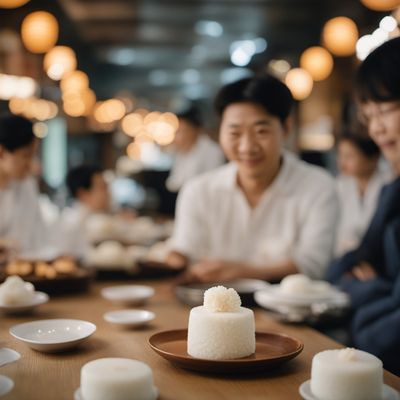
Jeungpyeon
Jeungpyeon is a type of Korean steamed rice cake that is light, fluffy, and slightly sweet. It is a popular snack and breakfast food in Korea, and...
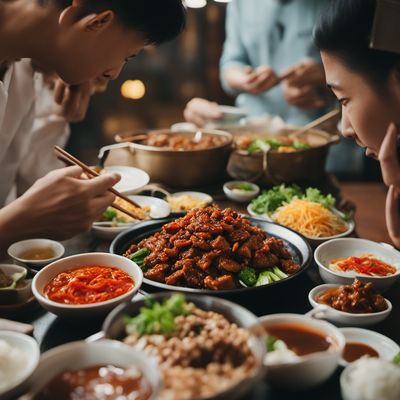
Jeyuk bokkeum
Stir Fried Spicy Pork
Jeyuk bokkeum is a traditional Korean dish that is made with pork and vegetables. The dish is popular all over Korea and is often served as a main course.
